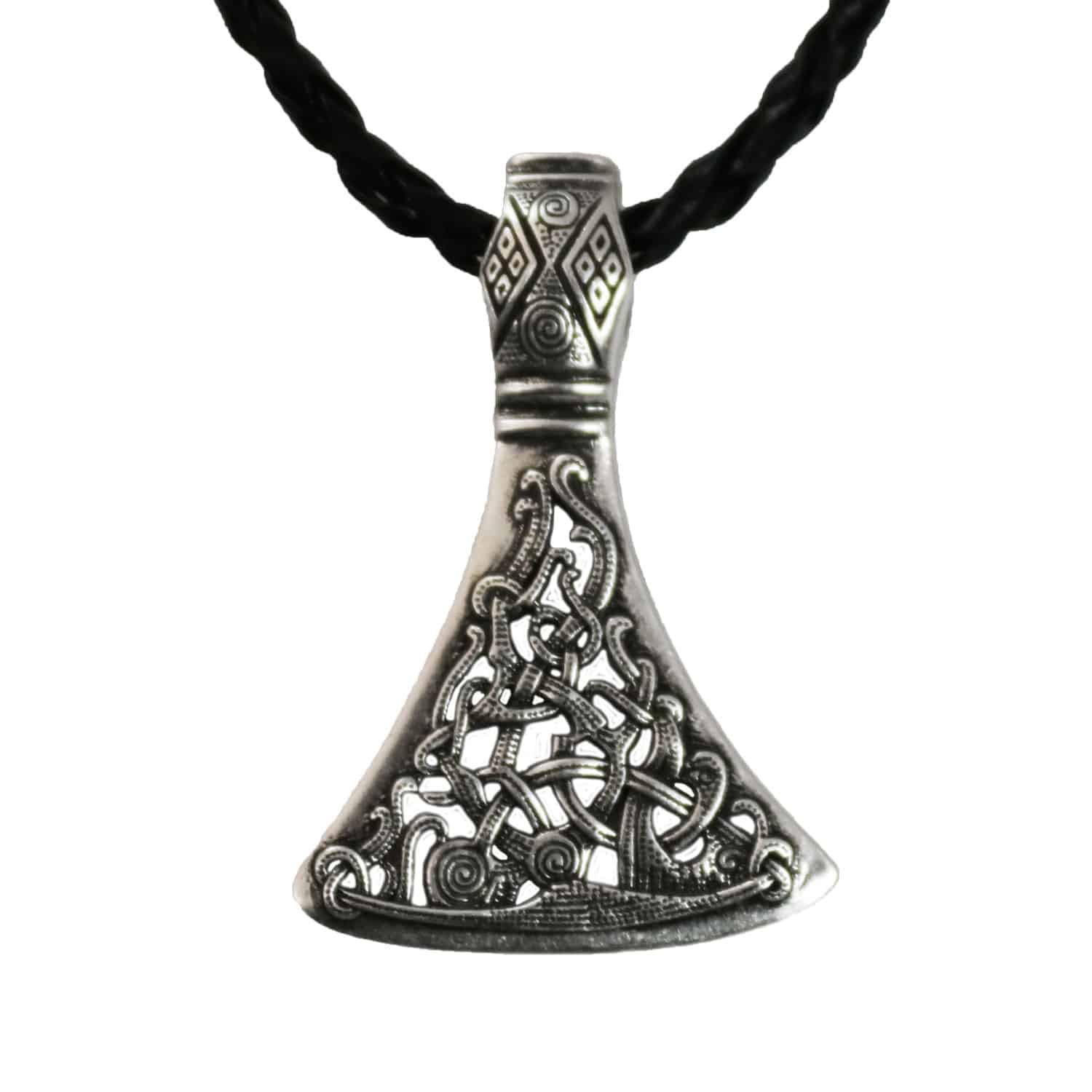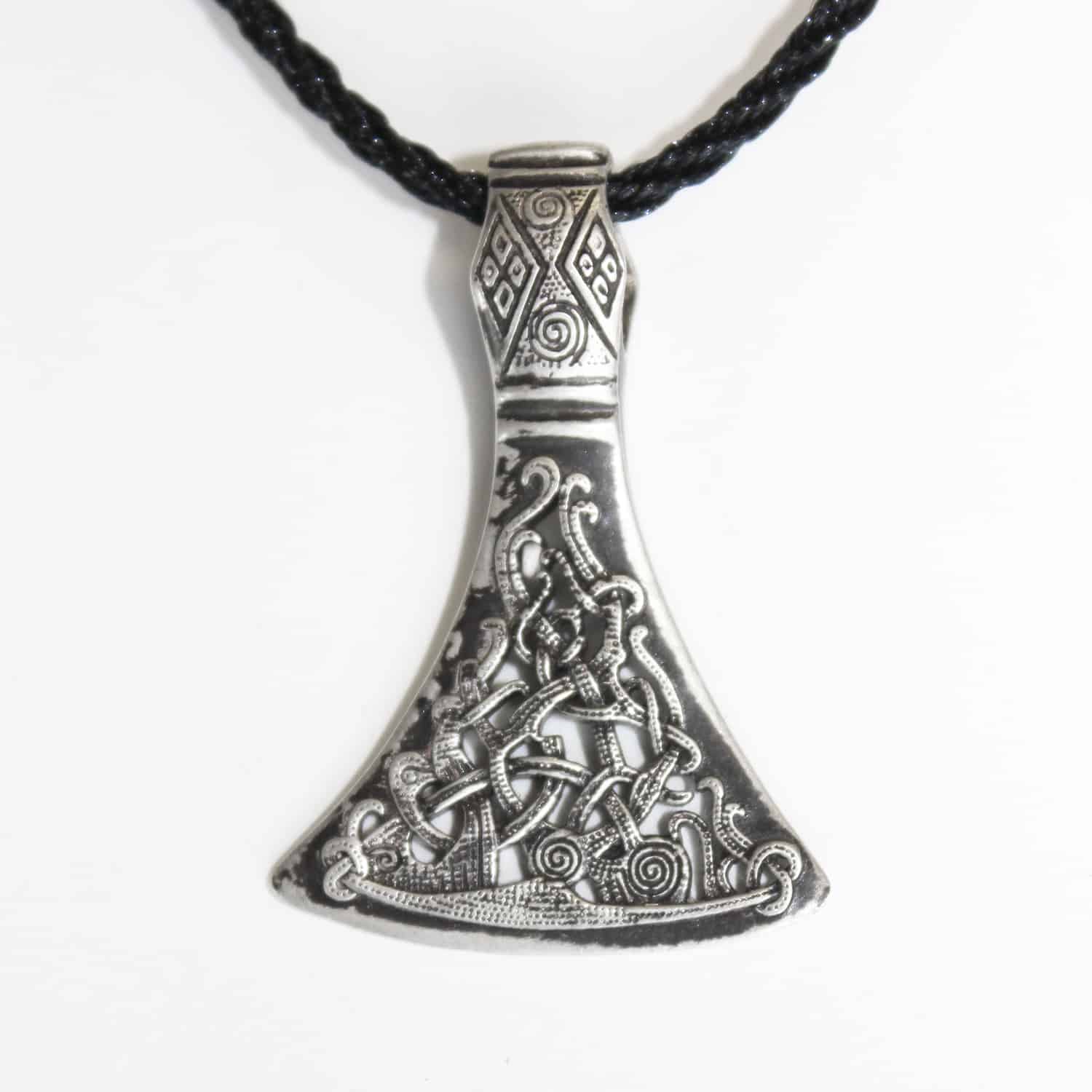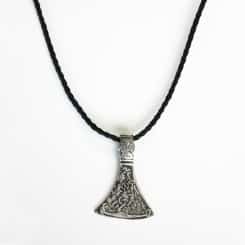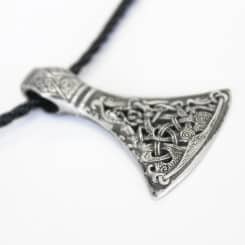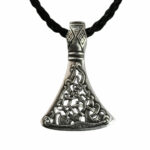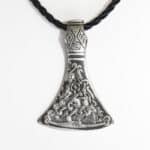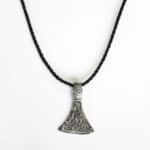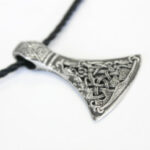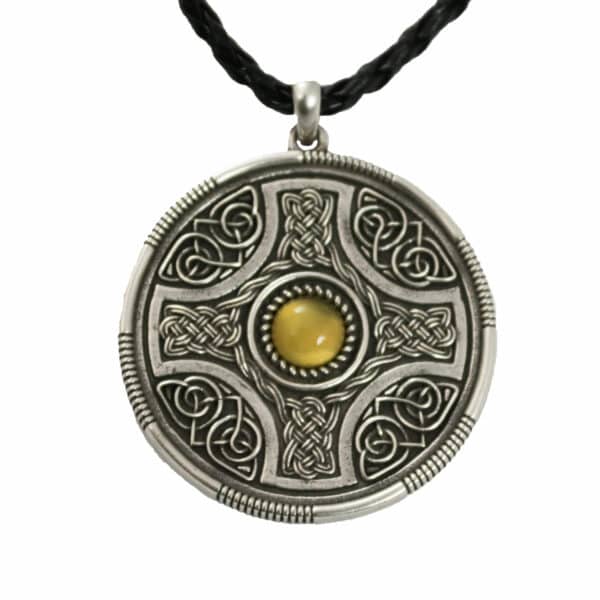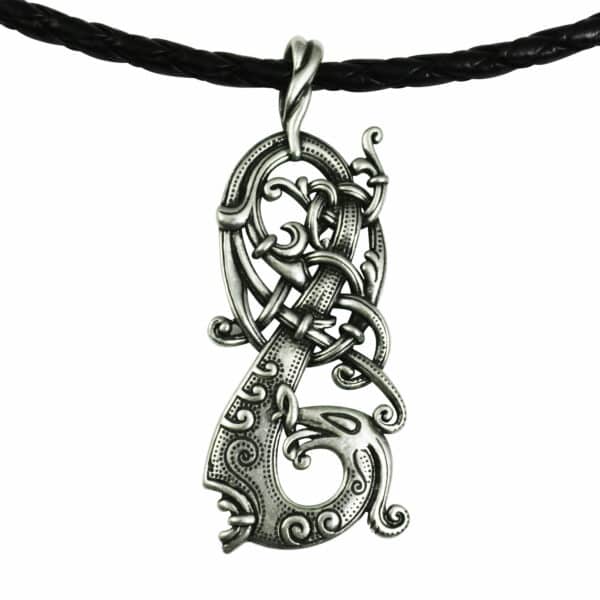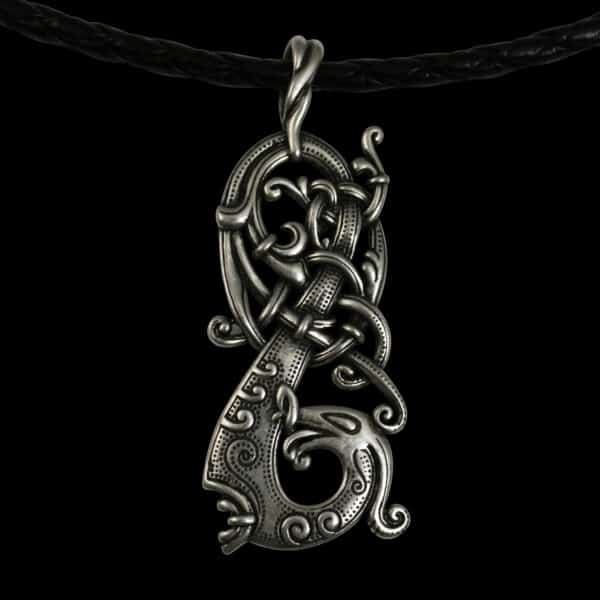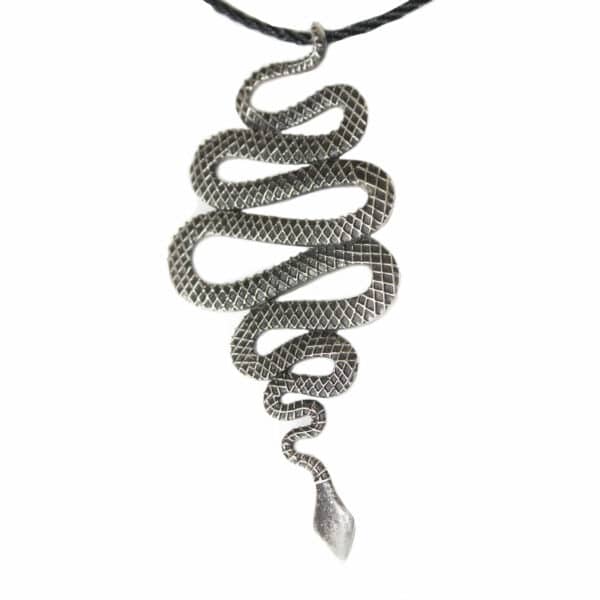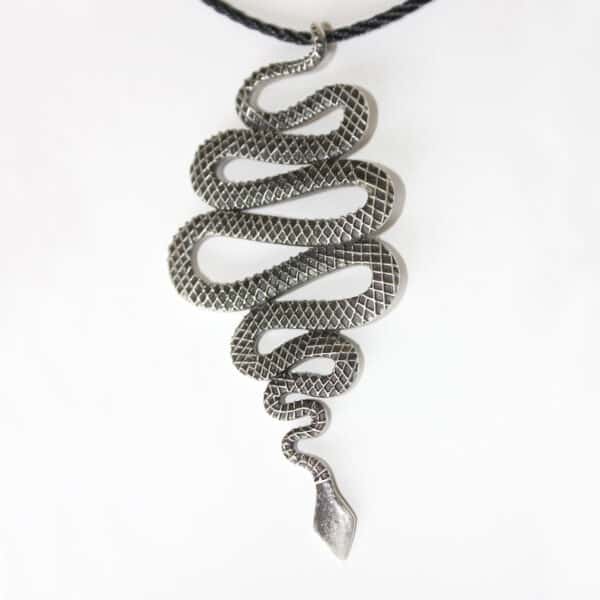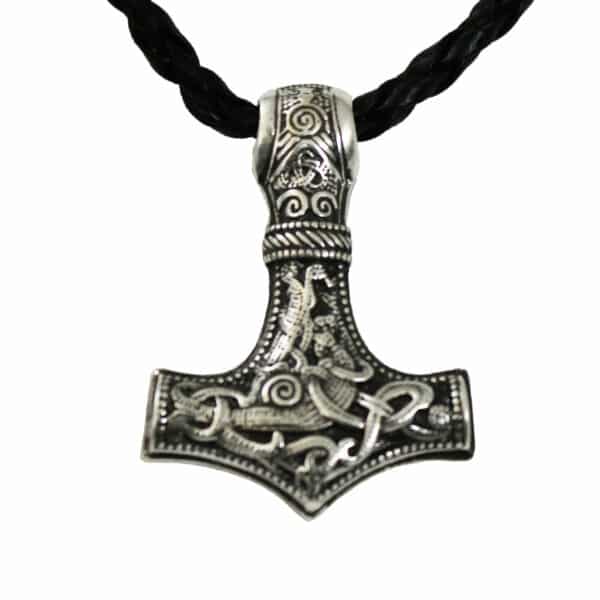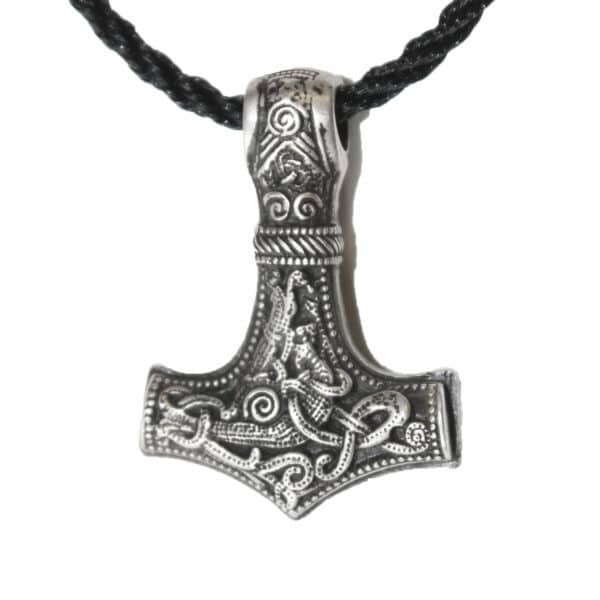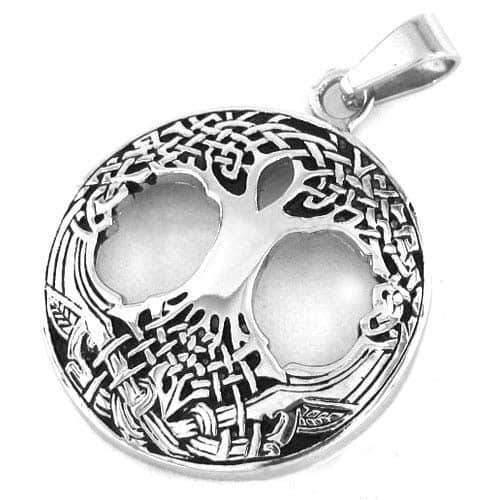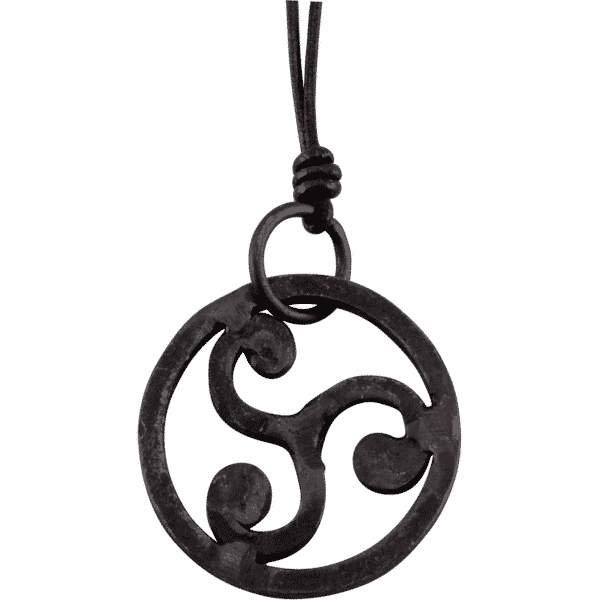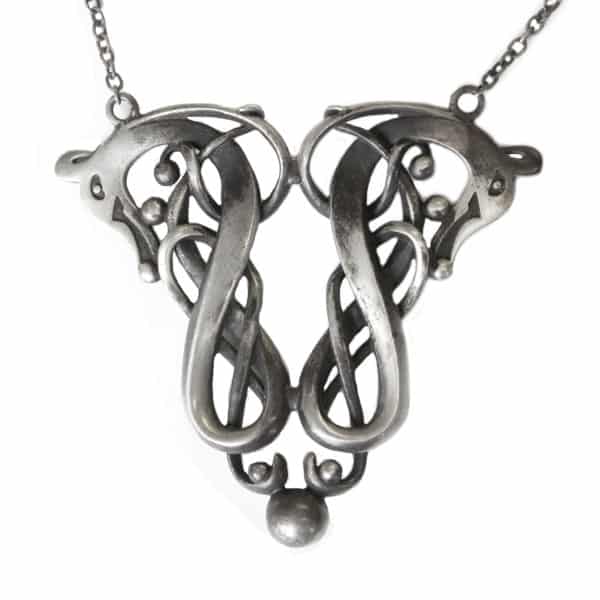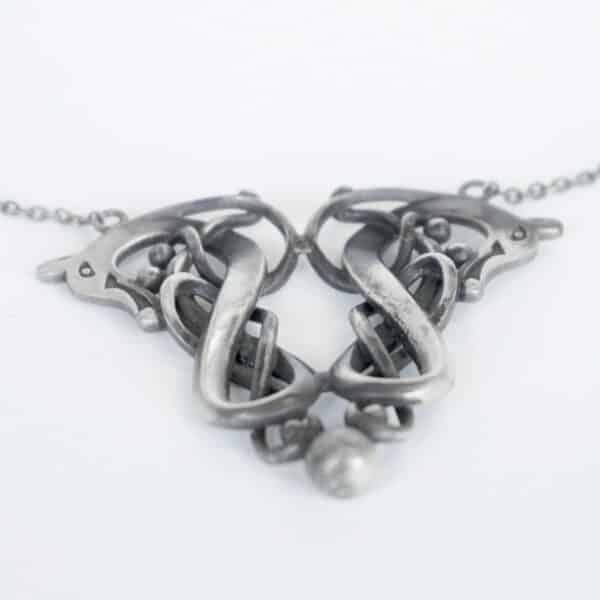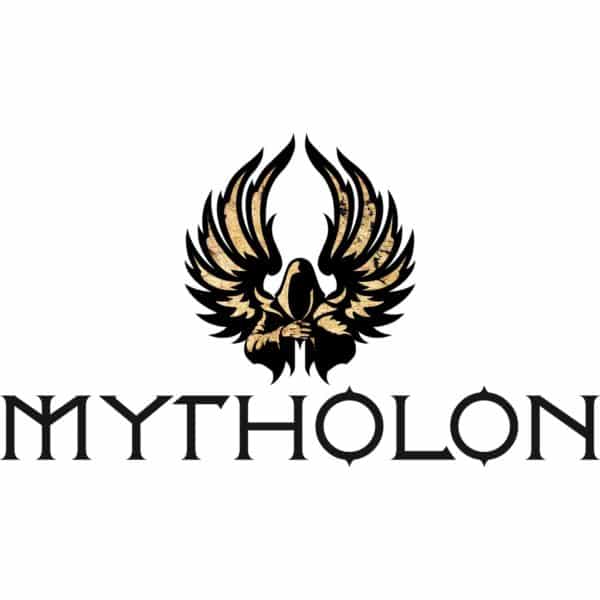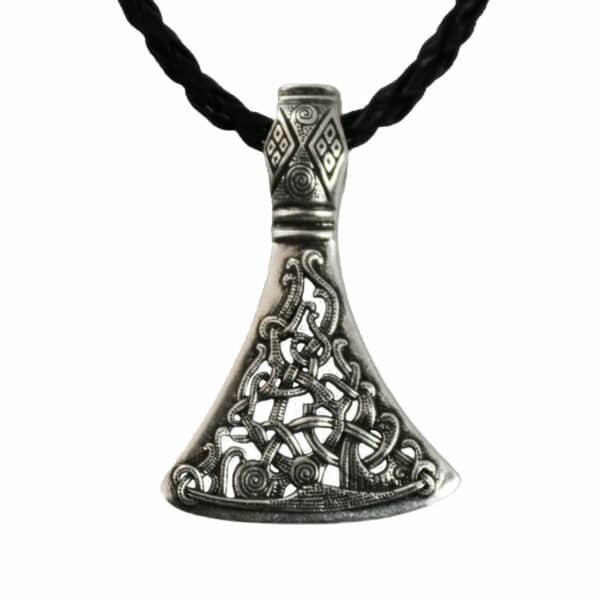Mammen Axe Pendant
Dual Interpretations
This silver Mammen Axe Pendant is a replica of a ceremonial axe discovered at a burial site in Mammen, Denmark. The rich purple and red clothing and other costly furnishing found in this gravesite suggest the buried man may have been part of King Harald Bluetooth’s circle of advisors. Scholars have interpreted the engravings as both Christian and pagan. Others suggest the man buried in the tomb may have held both religious beliefs at the same time, and that this practice may have been common at the time.
Some believe the tree depicted with silver inlay represents Yggdrasil, the sacred Norse tree. Others suggest a Christian interpretation – that the tree represents the tree of life. The bird on the other side of the axe head could either be Gullinkambi, the rooster that sits on top of Yggdrasil and wakes Viking warriors every morning, or it could be a phoenix, the Christian symbol for life and death.
It might be that the markings on the ceremonial axe and this silver pendant alike were created for someone who had converted to Christianity but still reserved a place for their old gods. There are accounts of many early Viking converts wearing both a “Mjölnir” pendant and a crucifix. This idea of an older pantheon of gods existing alongside a new, more widely adopted religion is touched on in George RR Martin’s series A Game of Thrones.
Questioning The Historical View Of Vikings
Despite evidence of raids from the north in both the Black Sea and Frisia as early as the 5th Century, the Viking Age is generally accepted to have begun with the first raids on the English coast in 793 and ended with the conquest of England in 1066. This group of people were probably engaged in significant voyages before their appearance in England and our focus on the raiding warrior class makes us inclined to forget that these fearsome Vikings represented a tiny percentage of the Scandinavian population.
The Modern Take
There are current efforts within academia to reframe Viking culture and society without depending too much on the historical, monastic accounts, which (naturally) didn’t view Vikings in a positive light. Yes, the Vikings were fearsome warriors, but this could have been heavily influenced by their unique creation myth and worldview, in which existence was born of fire, will end in ice, and all that matters is how you face death.
Fighting To Survive
There is some consensus that an eagerness for battle was inherent to Vikings and other ancient Germanic peoples. Considering that they believe existence was created from a conflict between ice and fire, it’s likely that in their cold, subsistence-level lifestyle, they came to view armed conflict as something that could bring about a reprieve from cold and hunger. Raiding and taking by force may have been the only options for survival in many instances, and bred hardy, pragmatic people as a result.
Norse Legends Of War
Over time this created a culture founded on legends of loot, conquest, and expansion. Their unique creation myth and world view meant that achieving these aims through force was justified. The Vikings were in a unique position because of their religious views. Christians at the time had to justify their actions before the church and God. Vikings had no such compunctions about battle, war, and raiding. Everyone is going to die anyway, and the only way to secure a good place in Valhalla is to go down fighting.
Swedish Historian, Professor Neil Price sets it out as like this:
“We are left with a sobering conclusion, which is that the Vikings created one of the few known world mythologies to include the pre-ordained and permanent ruin of all creation and all the powers that shaped it, with no lasting afterlife for anyone at all. The cosmos began in the frozen emptiness of Ginnungagap, and will end in fire with the last battle. Everything will burn at the Ragnarok, whatever gods and humans may do. The outcome of our actions, our fate, is already decided and therefore does not matter. What is important is the manner of our conduct as we go to meet it. The psychological implications of this and other aspects of the Norse ‘religion’ bear thinking about.”
Culture And Conflict
The suggestion that a culture’s underlying creation myths can affect that population’s attitude toward danger and death is not a new one. Buddhist civilisations, though often known for their spirituality and peaceful nature, can produce fearsome opponents like the warrior monks of feudal Japan. Influenced by their belief that death leads to rebirth, many devout warrior monks could fight with unrivalled ferocity. The Viking belief that the hour of every person’s death was preordained is significant. As is the idea that your place in Valhalla is dependent on your conduct in the face of death. Both were probably factors in a deeper pool of things influencing the Viking outlook and world view.
Armed For War
By now we’re all aware that the Viking horned helmets are a work of fiction. They were created by a Swedish artist in the 1800s and made famous by one of Wagner’s art directors who used the design when staging an opera in the 1870s. Only one relatively complete example of a Viking helmet has been found. It had a round dome to protect the skull with an integrated nose and eye guard. This find dates to 1943 and has been a significant influence on artist’s renderings of Viking armour since.
Every Man For Himself?
The sagas suggest that all Viking men of the Jarl and Karl classes were required to own weapons. The Thrall class were slaves, forbidden to own property, had no rights under the law, and they were frequently bought and sold as part of transactions. What kind of weapon a person owned depended on their wealth. Swords were expensive to manufacture and were typically reserved for the Jarl classes and later kings.
Spears And Axes
As with many parts of the world for much of the rest of history, the spear remained the most cost-effective, battlefield-effective weapon available to the average warrior. Vikings did enjoy throwing axes for sport and hunting and their battlefield axes could certainly be thrown in a pinch. Most of the time, an axe was carried as a sidearm, and the double-bitted, dwarven-style axe sometimes depicted in the hands of Vikings would have been very rare if it existed at all. They would likely have viewed anything other than a single-headed axe as wasteful. Metal was precious in Scandinavian and throughout Europe.
Magical Realism
Axes and seax (a kind of single-edged heavy knife) were useful tools as well as weapons and were also common battlefield weapons. These were often made with wrought iron with a steel edge. There is an interesting intersection between magic and technology in Viking metalworking history. Vikings added the bones of their deceased and those of powerful animals to their iron in the hope of imbuing it with magical properties. It did make their weapons stronger, which to them much have seemed like magic but the phenomenon is actually explained by the carbon content in the bone mixing with iron to create rudimentary steel.
The Shield
The Viking round wooden shield with centre boss and grip was not a new idea. It was probably cheap enough to produce that most warriors would have carried one on a raid. In many cases, the iron/steel used for the boss has survived to this day, giving us a glimpse into their frequency. When facing determined opposition, Viking warriors would form a shield wall, close distance with their enemies, and strike over the top of their shields using spears. The centre-held, round shield design works well when overlapped with other shields but can be more easily knocked off balance than later, curved shields like heaters and kites.
Viking Armour
According to some sources, iron/steel helmets and other armour were expensive in the early Viking Period due to resource scarcity. Only wealthy people could afford these items, though many items of armour may also have been looted in raids and from battlefields. People generally underestimate the protective value of composite cloth armours, which have protected many more people throughout history than metalwork armour. This type of armour doesn’t survive as well due to its organic nature, so there are fewer finds of this kind.
Technical Specs
Material: Sterling Silver .925

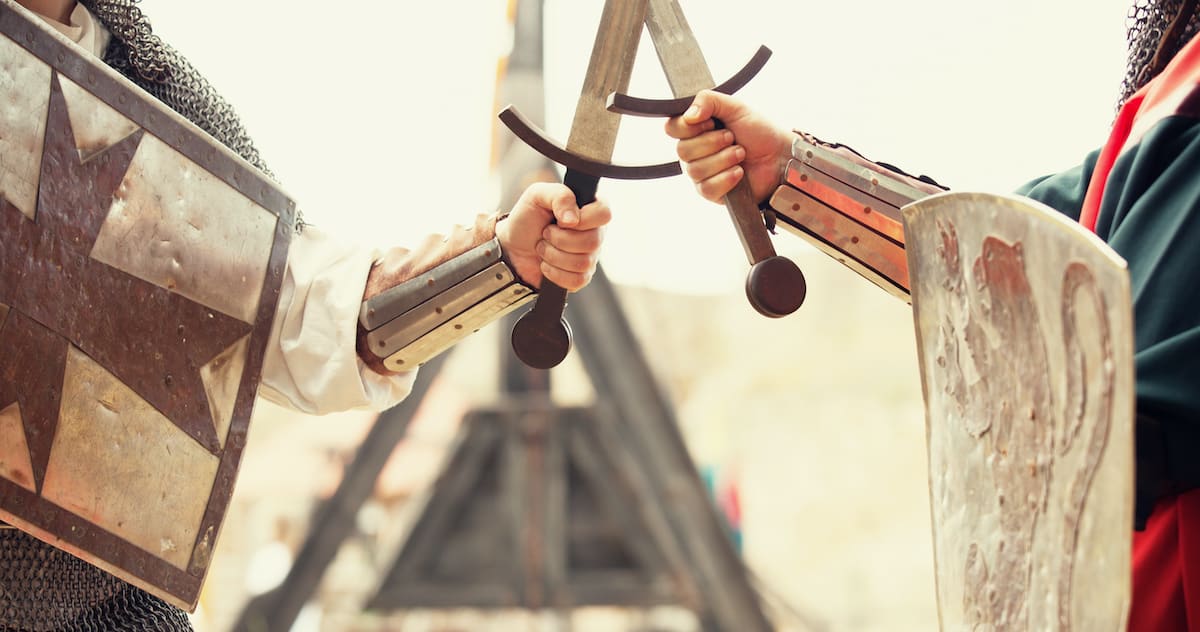 Historical Swords
Historical Swords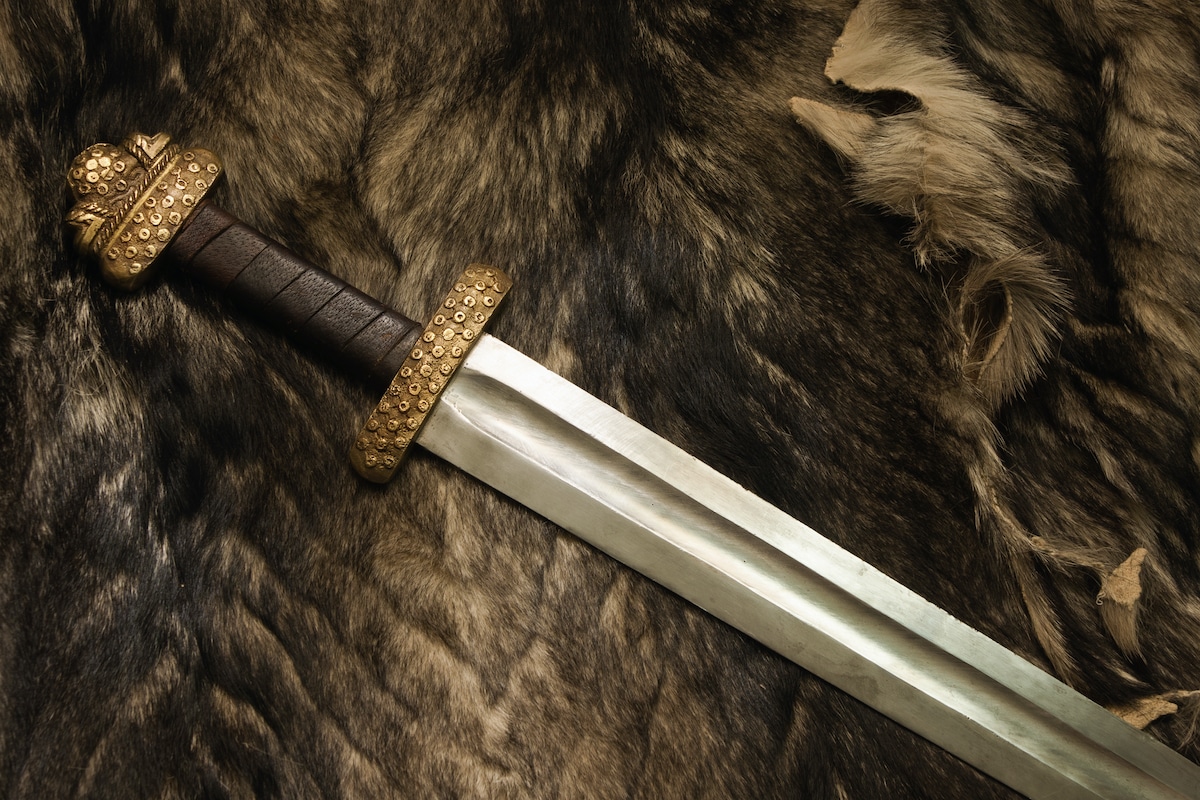 Norse & Viking Swords
Norse & Viking Swords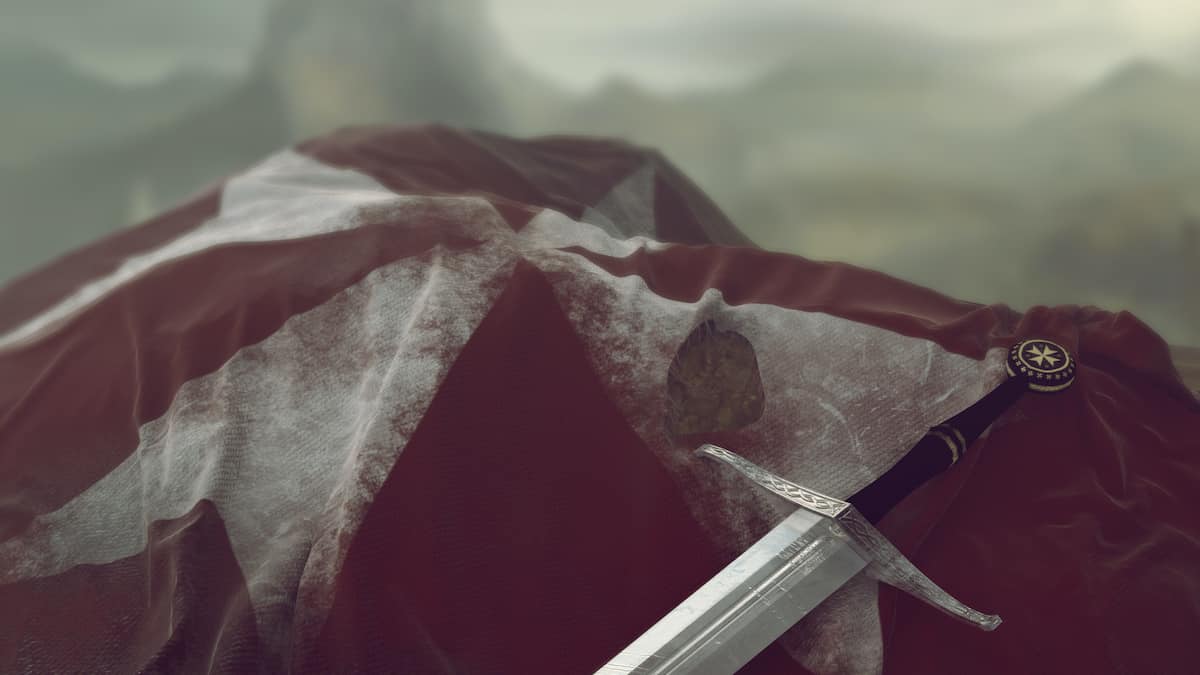 Templar Swords
Templar Swords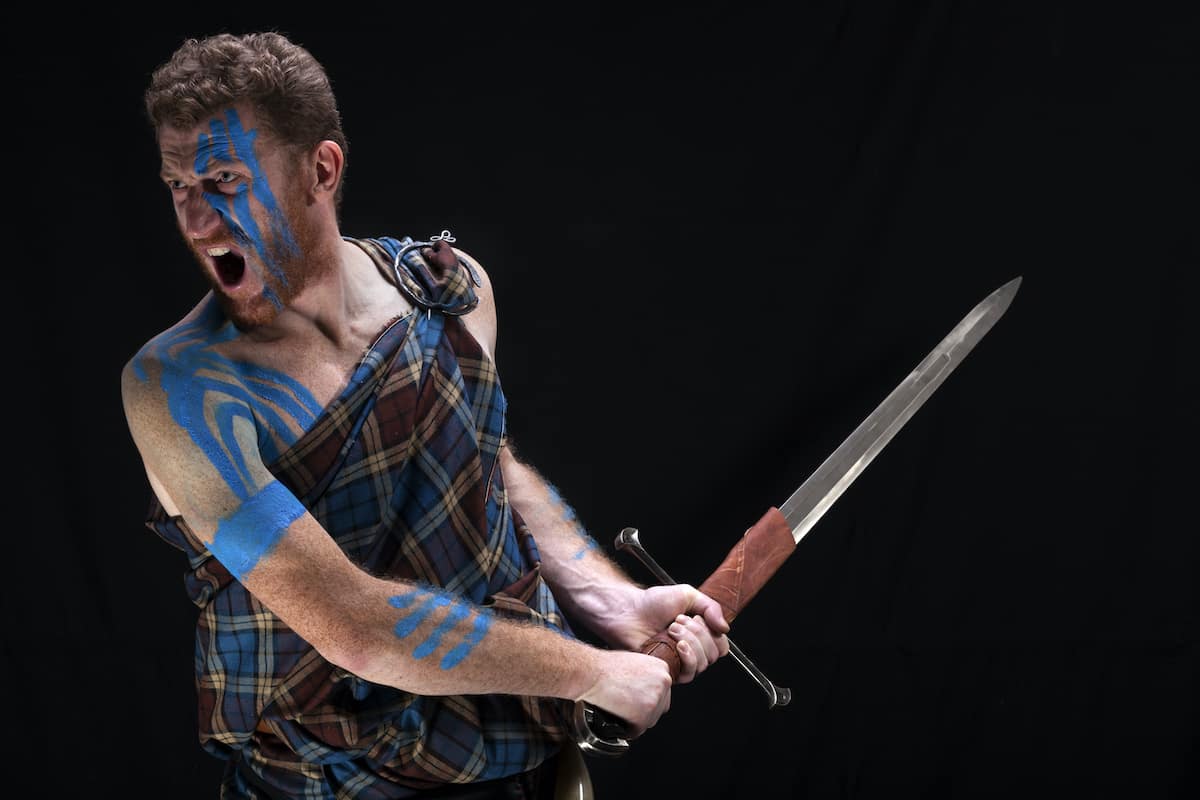 Claymore Swords
Claymore Swords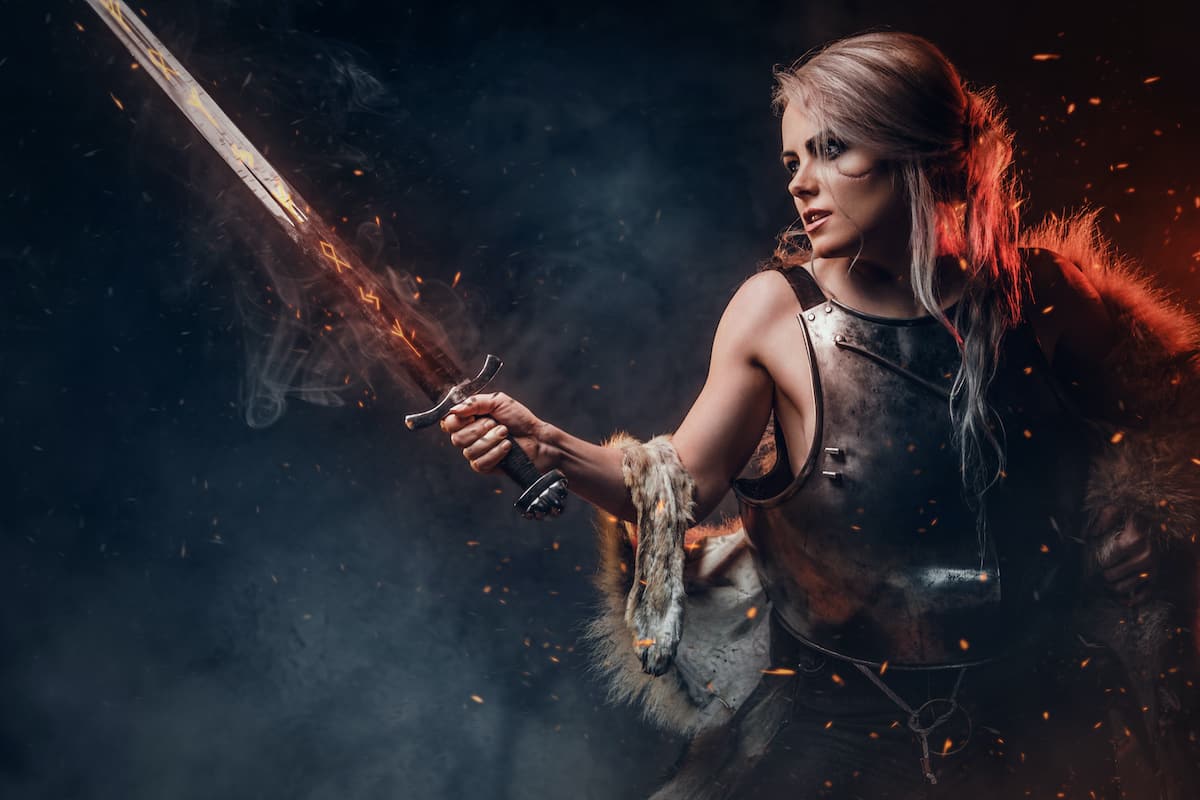 Fantasy Swords
Fantasy Swords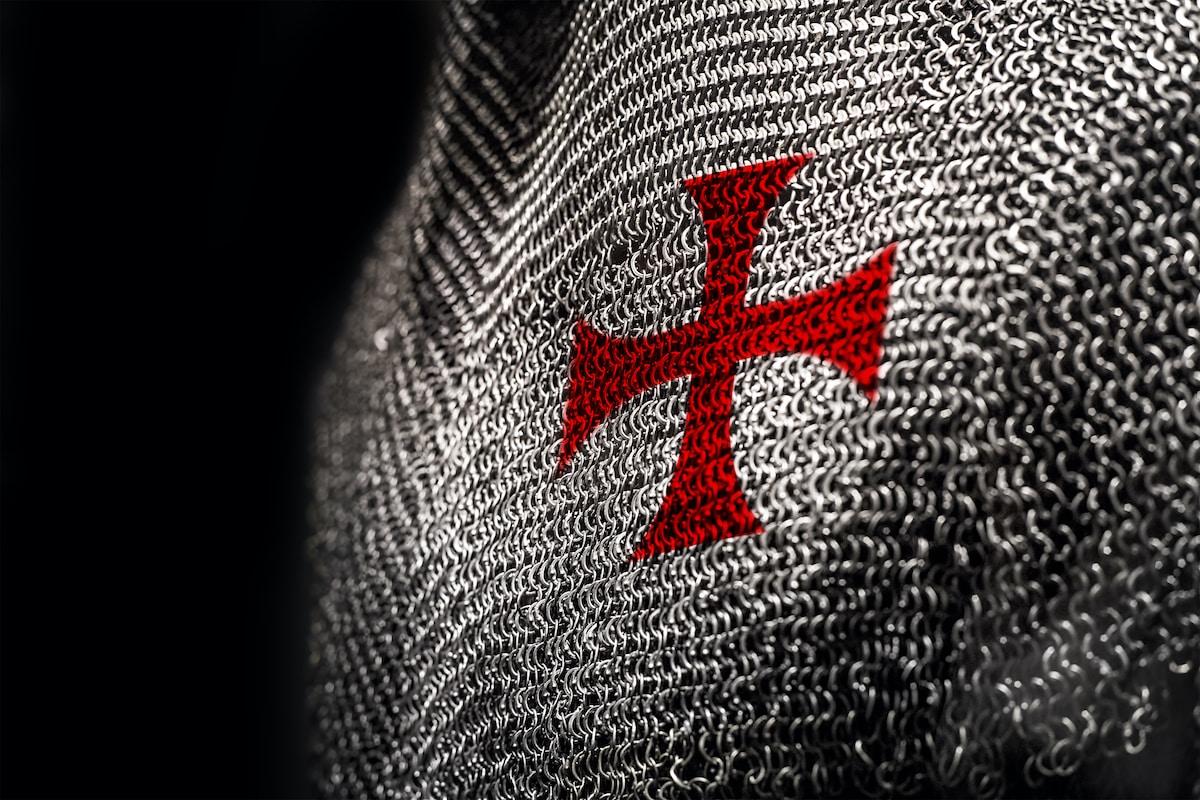 Chainmail
Chainmail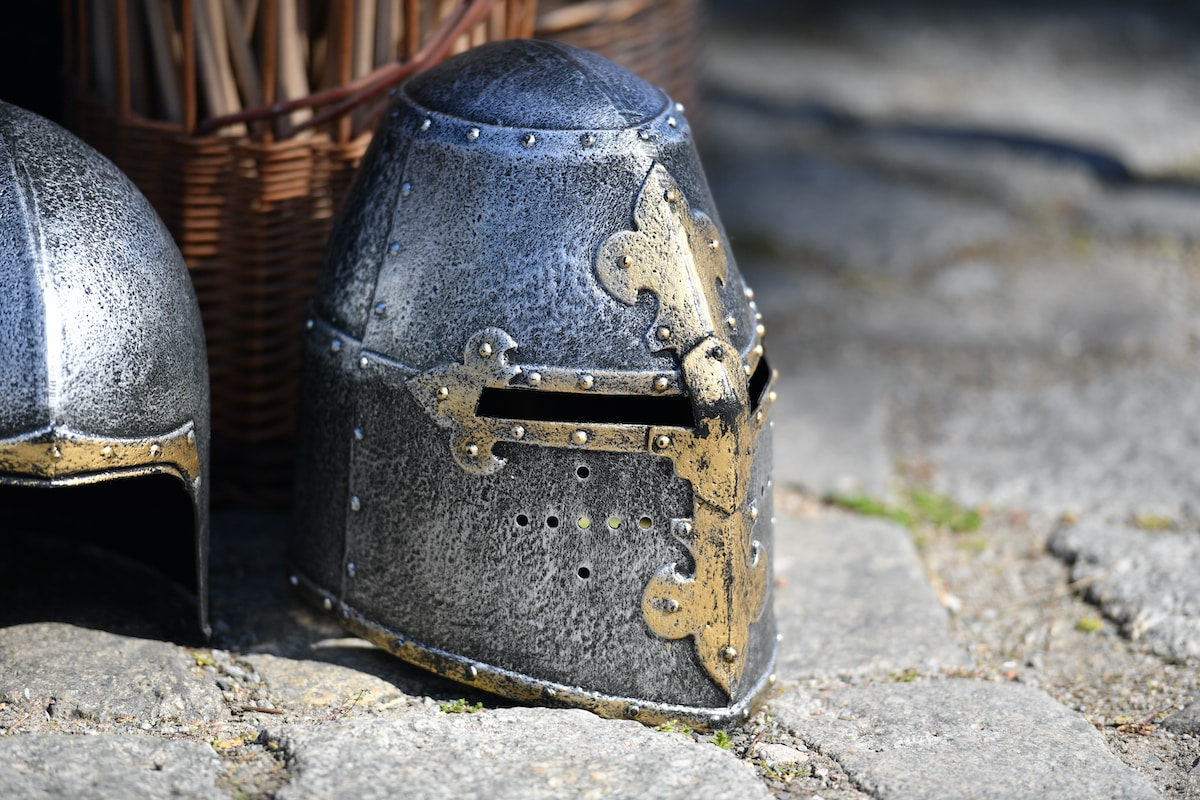 Helmets
Helmets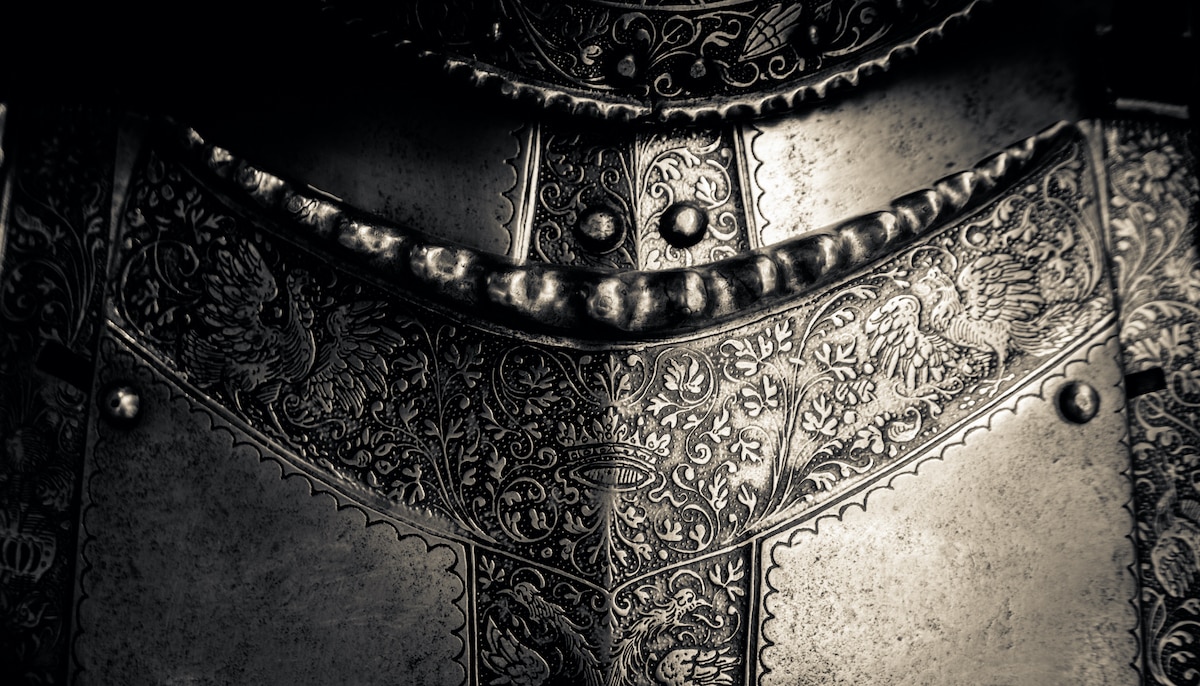 Torso Armor
Torso Armor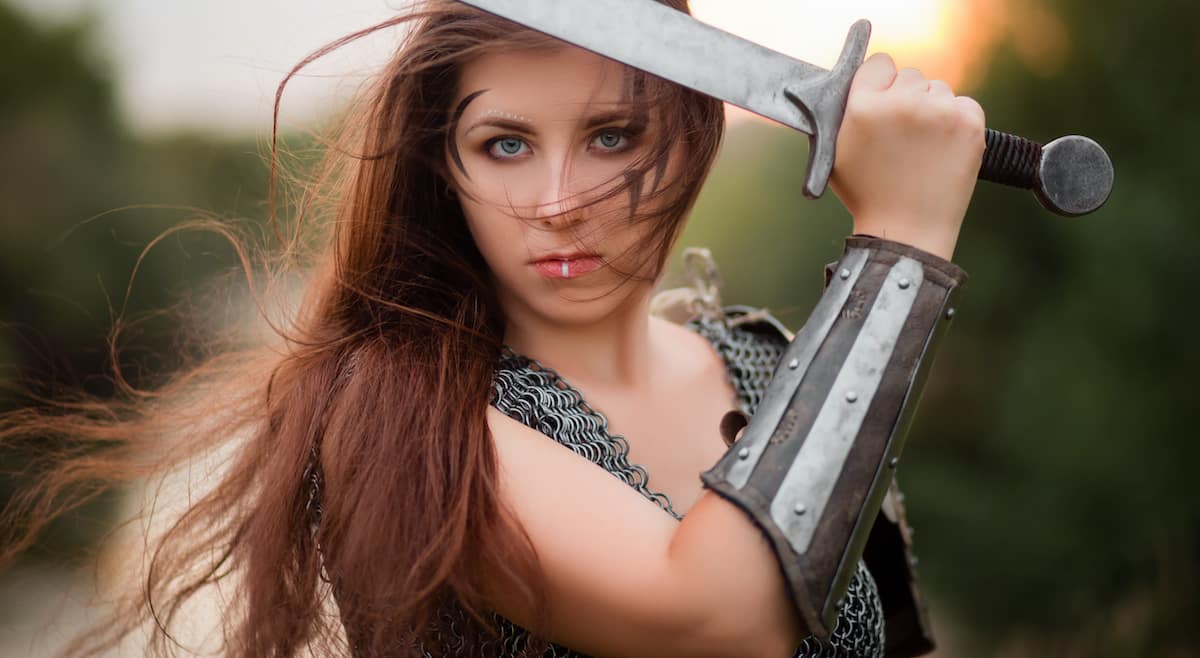 Bracers and Arm Protection
Bracers and Arm Protection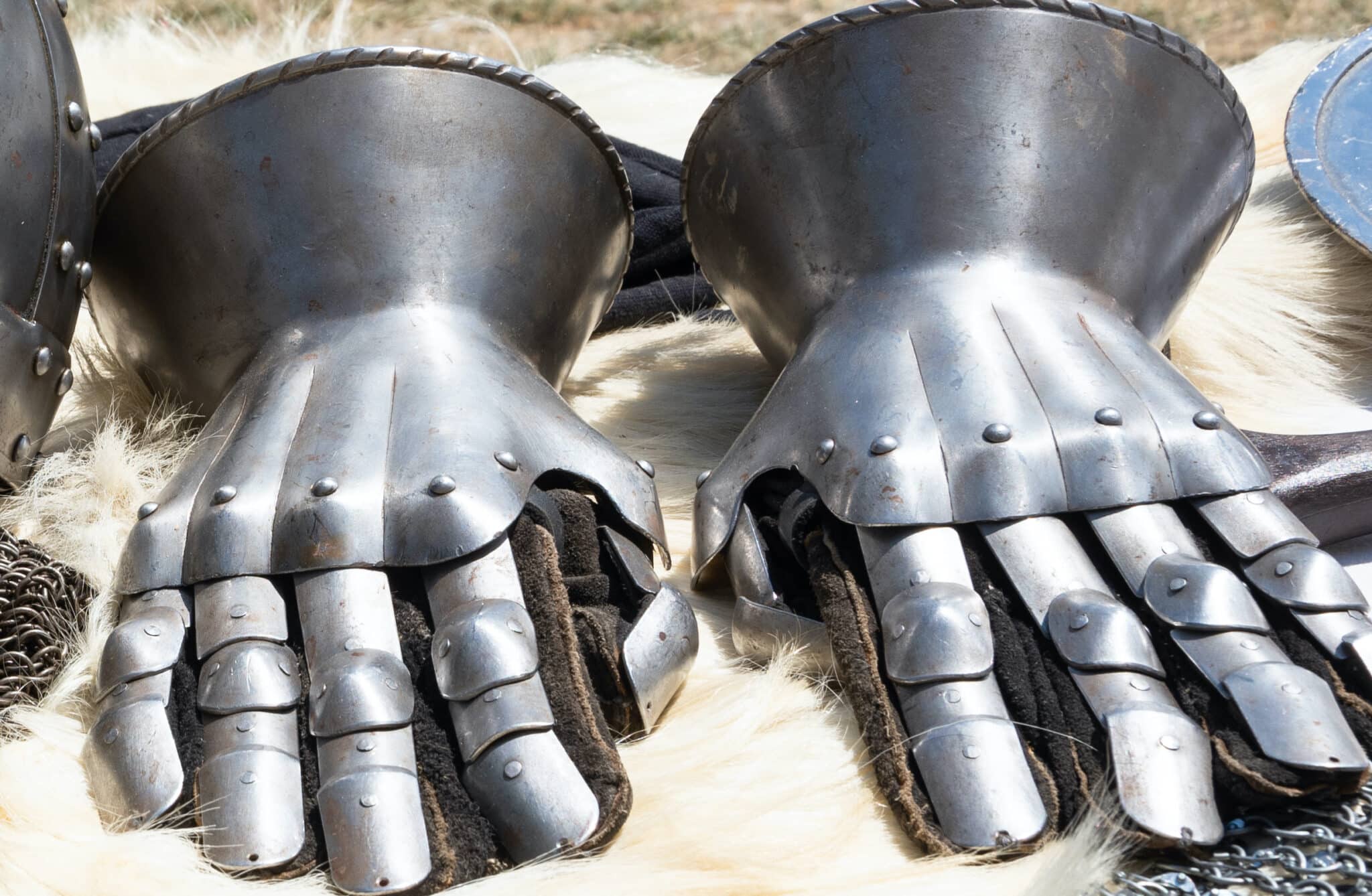 Gauntlets
Gauntlets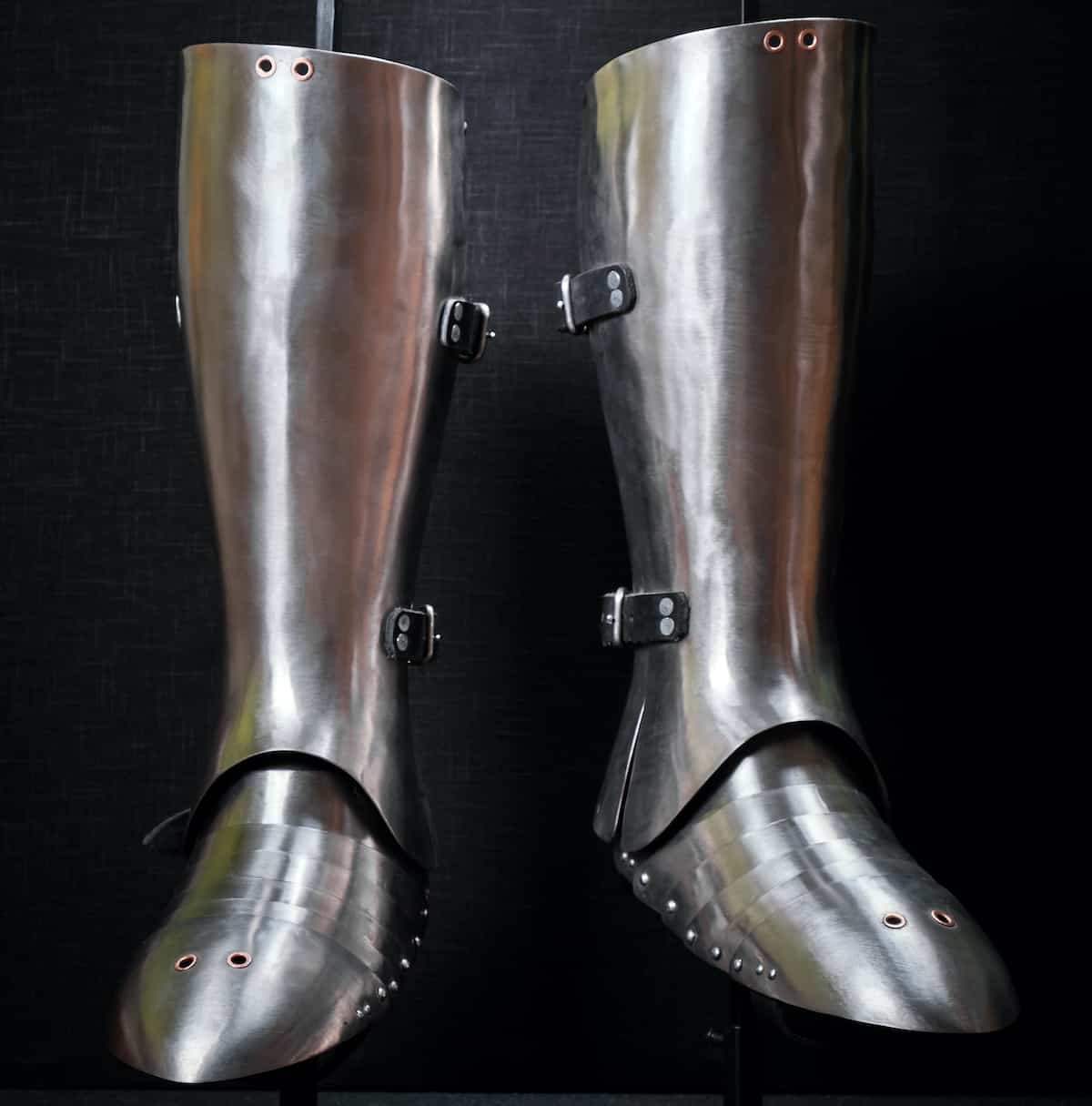 Leg Armor
Leg Armor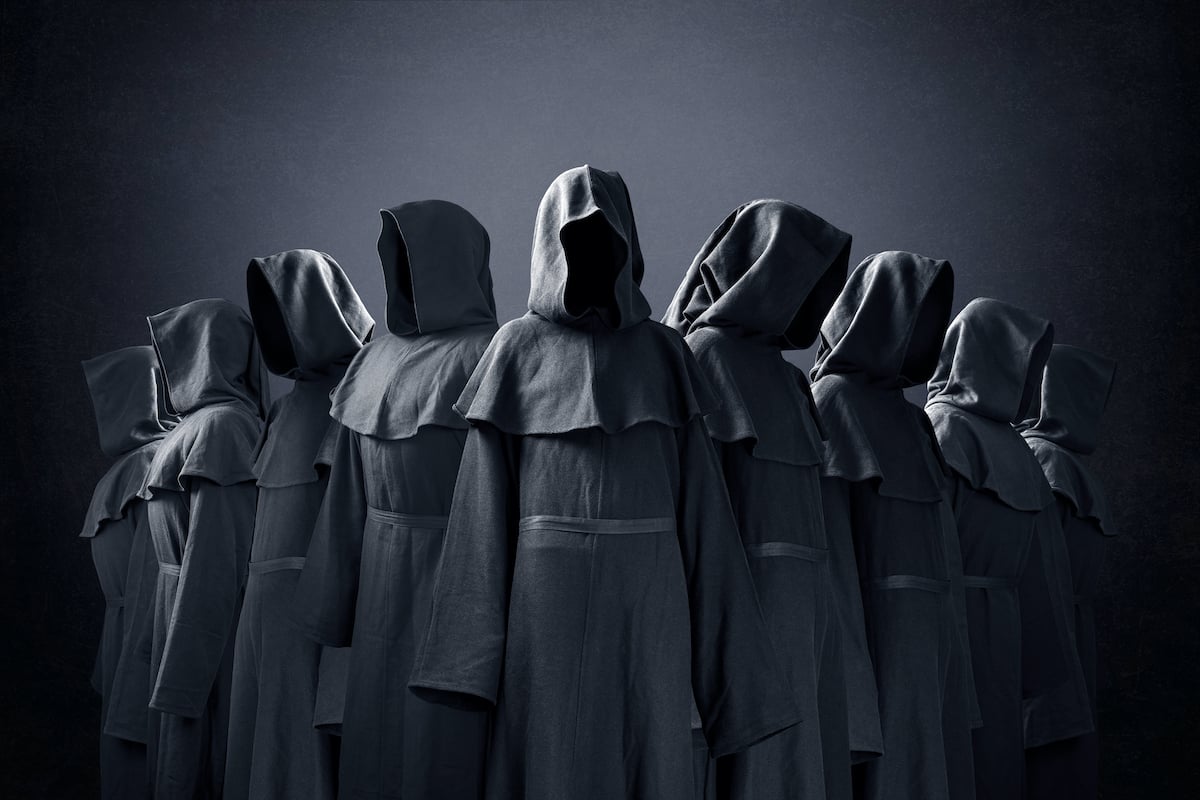 Cloaks
Cloaks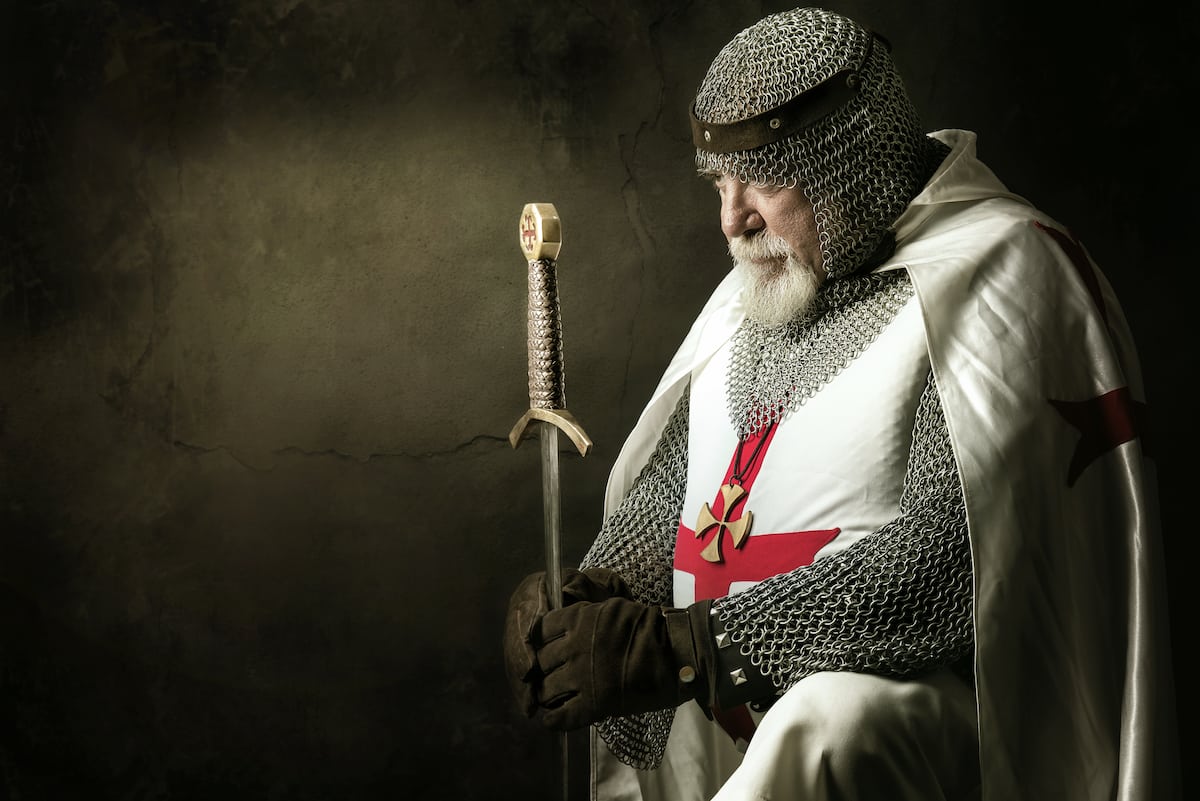 Tabards
Tabards Shirts
Shirts Tunics
Tunics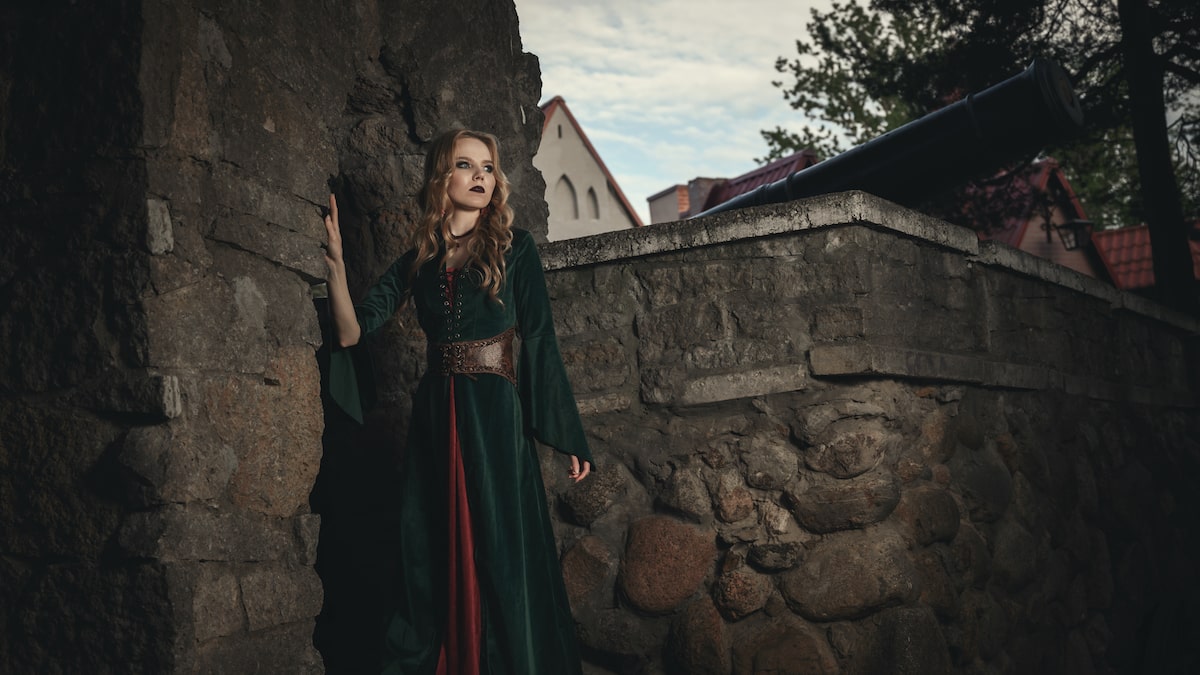 Dresses
Dresses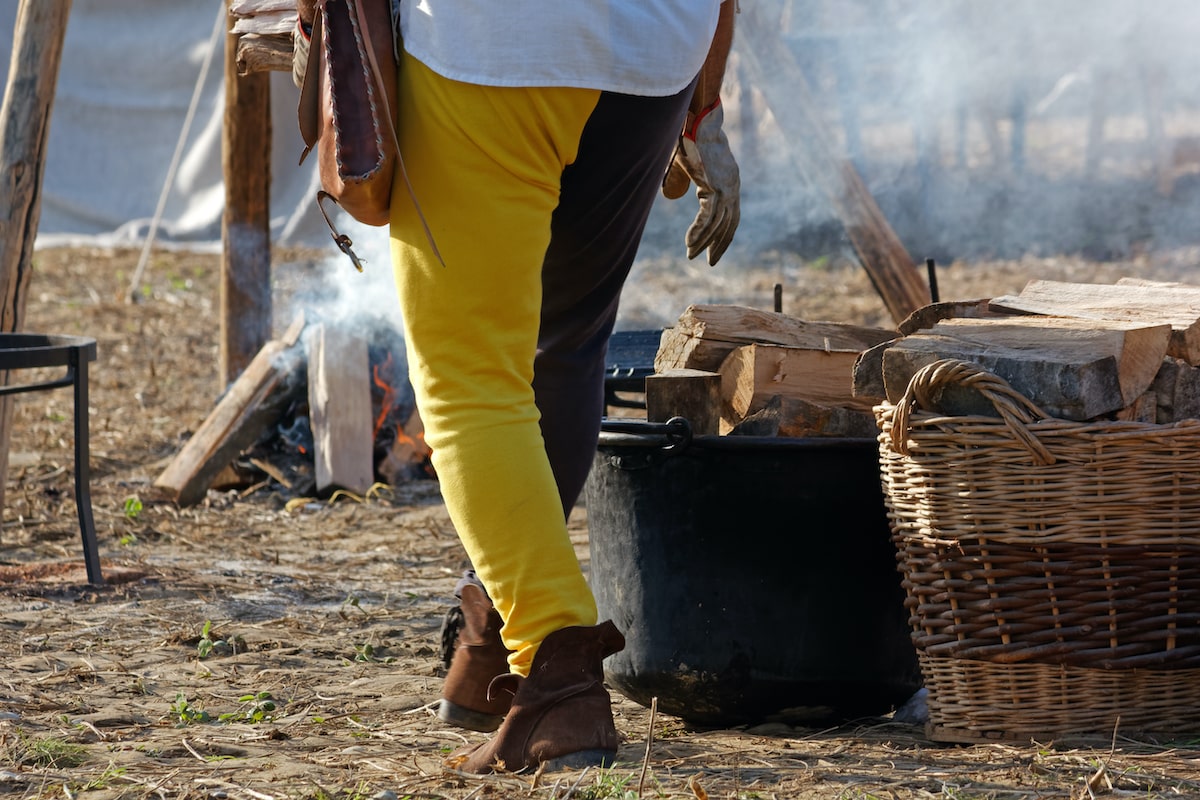 Pants
Pants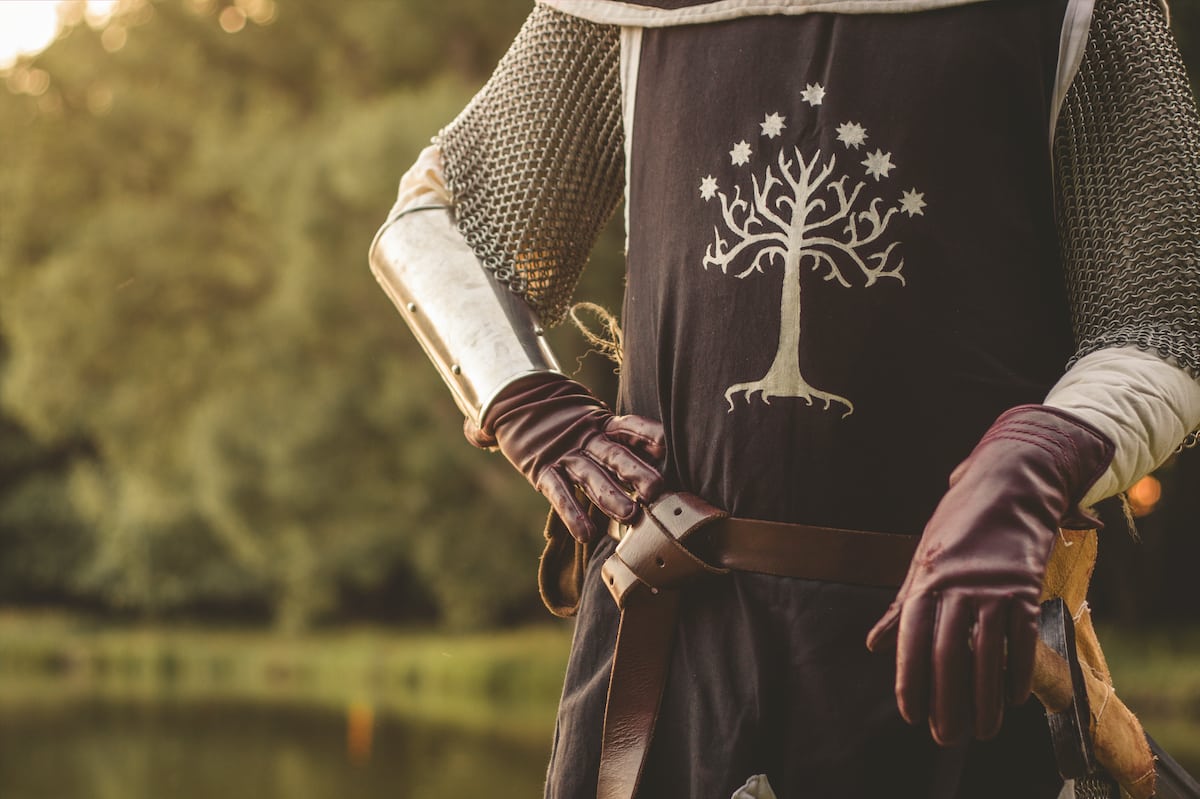 Gloves
Gloves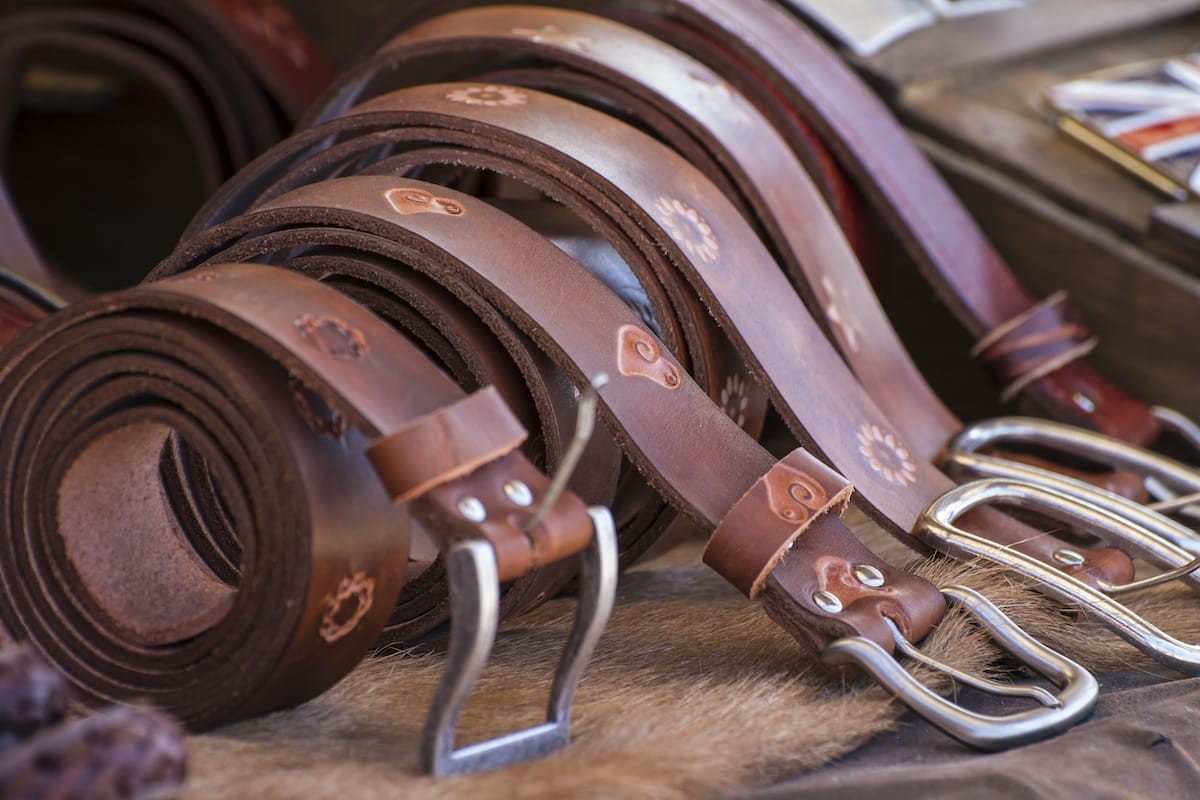 Belts
Belts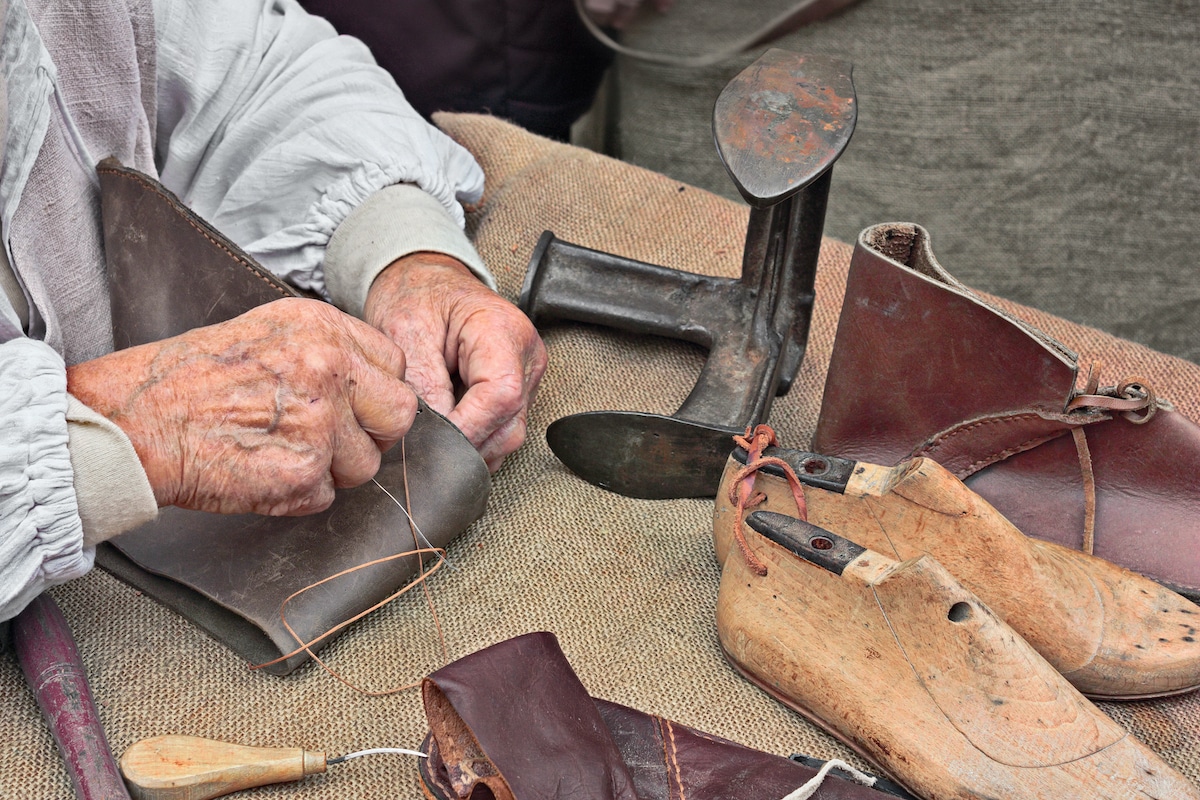 Shoes
Shoes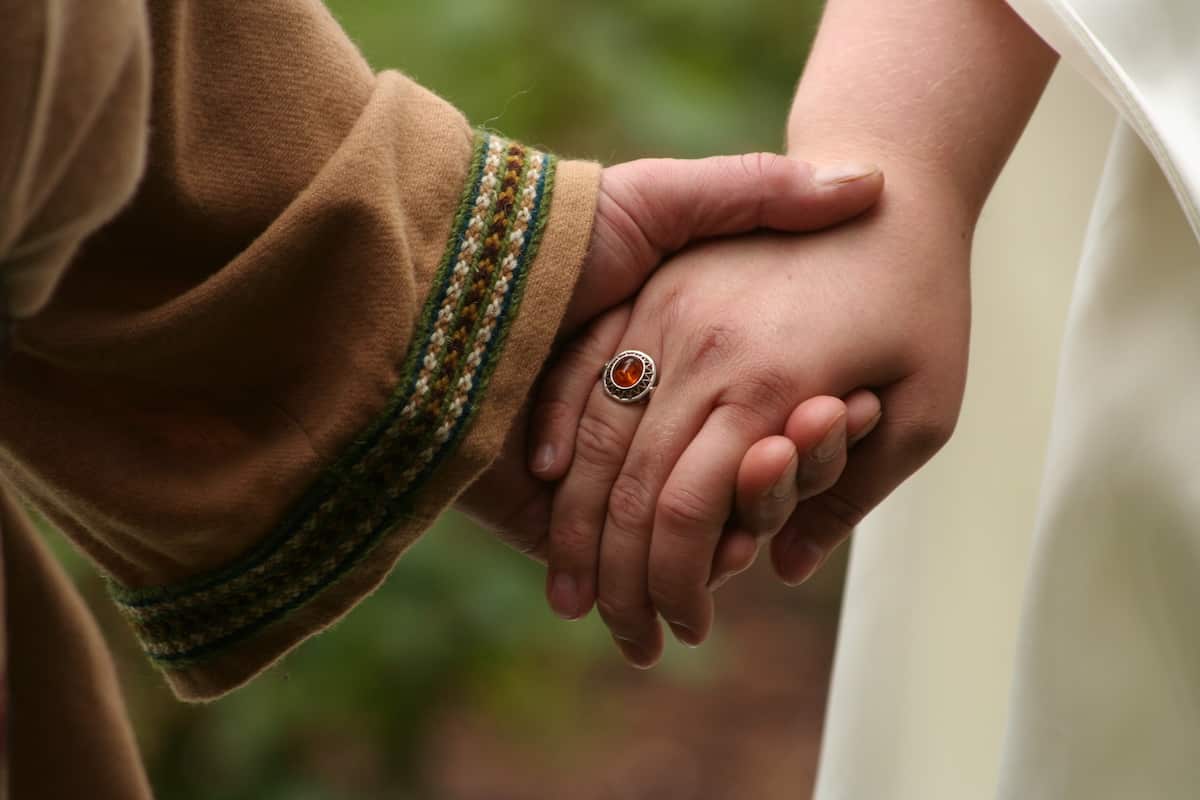 Rings
Rings Necklaces & Pendants
Necklaces & Pendants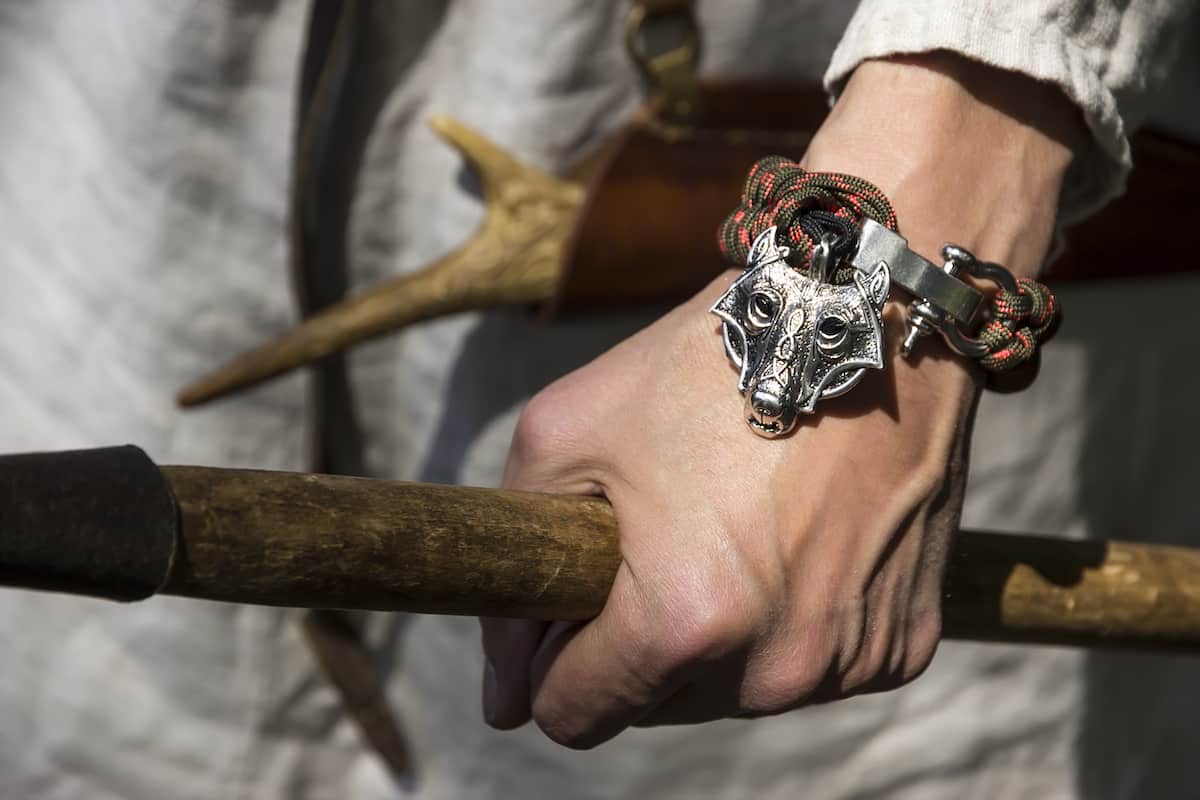 Bracelets
Bracelets